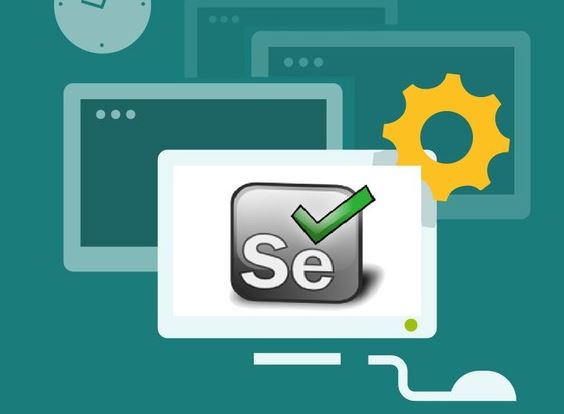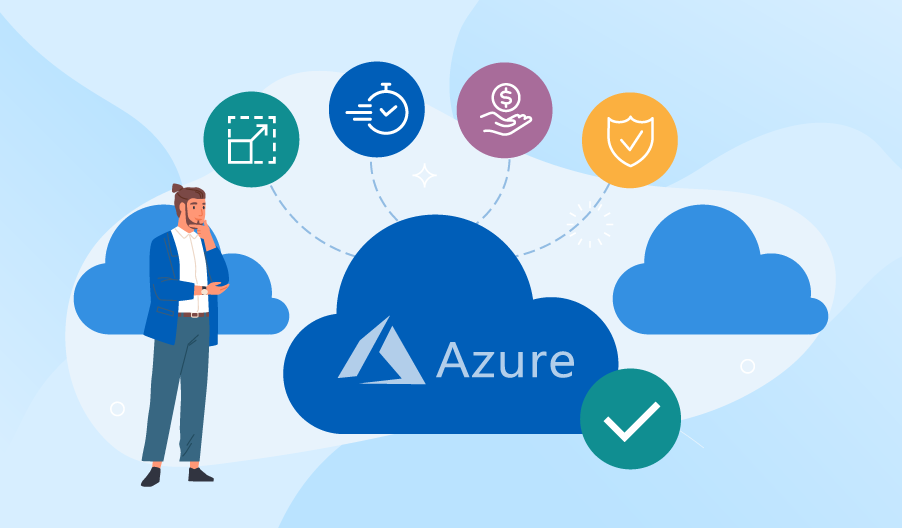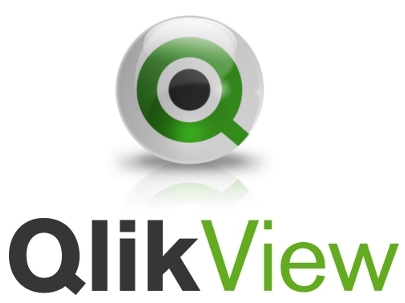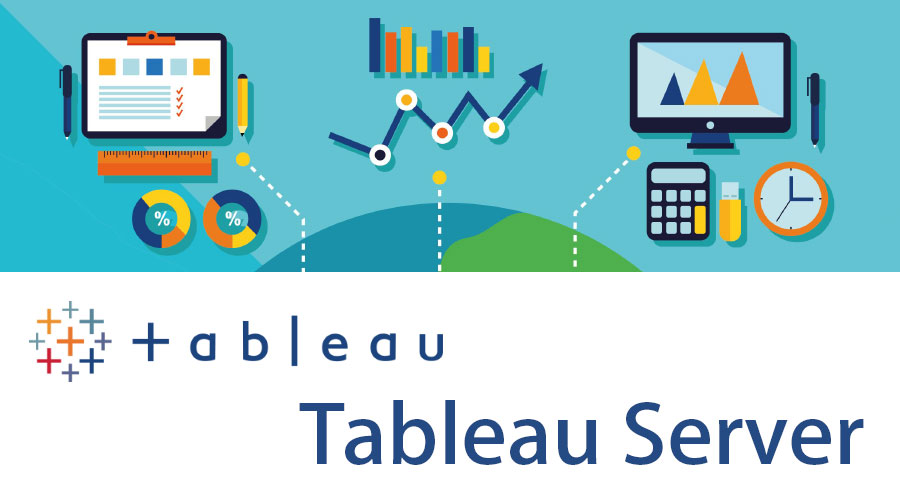Overview of Power BI and its flow of work

Power BI is a tool that helps organizations gain insights from their data. It can be used to create visualizations and reports from various data sources. Power BI is a cloud-based service, which means it can be accessed from anywhere with an internet connection. It can help organizations make better decisions. While it requires some […]
7 Tips How To Use Selenium Testing Tools

7 Tips How To Use Selenium Testing Tools It takes time to test whether a website or a web page works in the local environment. Countless hours are spent in development, trial and optimization. Before the arrival of Selenium, the testing job app fell into the hands of manual testers. In order to test, they […]
8 Tips For QlikView Beginners

What is QlikView? QlikView is one of the most exemplary directed and guided analytics arrangements. QlikView allows you quickly to create and convey intelligent directed examination applications and dashboards. You can ask and respond to your own inquiries and follow your own ways of knowing. You and your associates can arrive at choices cooperatively. At […]
Salesforce Consulting Services

Salesforce has remained the undisputed market leader in cloud CRM platform services worldwide for a long time. As a market leader, it also predominates the business CRM adoption segment. Businesses purchase the Salesforce application at a stage when they are ready to incorporate and implement the product within its operations. Training is essential whenever a […]
Business Data Processing Services | innovation

With a large pool size and efficient data extraction, it is now possible to create data visualization models and deliver accurate predictive analysis. However, there are some criteria, and one of them is ensuring the correctness or validity of the business data. This article will highlight the key relevant areas, along with tips and suggestions.Business […]
5 Reasons to Choose Azure Cloud for Your Enterprise

What is Azure? Before we start talking about why you need to choose or check out the azure cloud for your growing enterprise. Let us get to know a little bit about the azure cloud program. Well, the Azure cloud program is a certain kind of cloud service specifically designed to help you bring new […]
Using a Qlik Reporting Tool: Gateway to a Reporting & Analysis Heaven

Using a Qlik Reporting Tool: Gateway to a Reporting & Analysis Heaven The present era of data analytics and data science got a big boost forward with the launch of Qlik View software and its Associative Engine foundation. Now used by countless enterprises worldwide, this revolutionary innovation transformed data usage. Firms can now have a […]
5 Types Of IT Services We Provide

A little bit about our dear company before we get started about the multivarious services we provide for our clients.Innovation Junction is an enthusiastic, committed association, set up by a group of experienced experts to change how organizations work today. We are here to give organizations an edge to prosper and change themselves, to abandon […]
The 10 Best Tableau Data Visualization To Follow

You must be looking for the best tableau data visualization to follow since you are reading this article. Before we dive into the world of Tableau data visualization, it is for the best we got to know what tableau data visualization means and more about it. What is Tableau? What is a tableau? It is […]
How Blockchain is Revolutionizing the Supply Chain Industry

Let’s face it. The fourth industrial revolution is already here. In the digital age, AI and Cloud computing are seen as the most disruptive technologies. The implications are everywhere- from real-time work document-sharing across different locations, the Internet of Things, Data Science, and everything else. There is, however, another silent contributor that gets overlooked in […]
